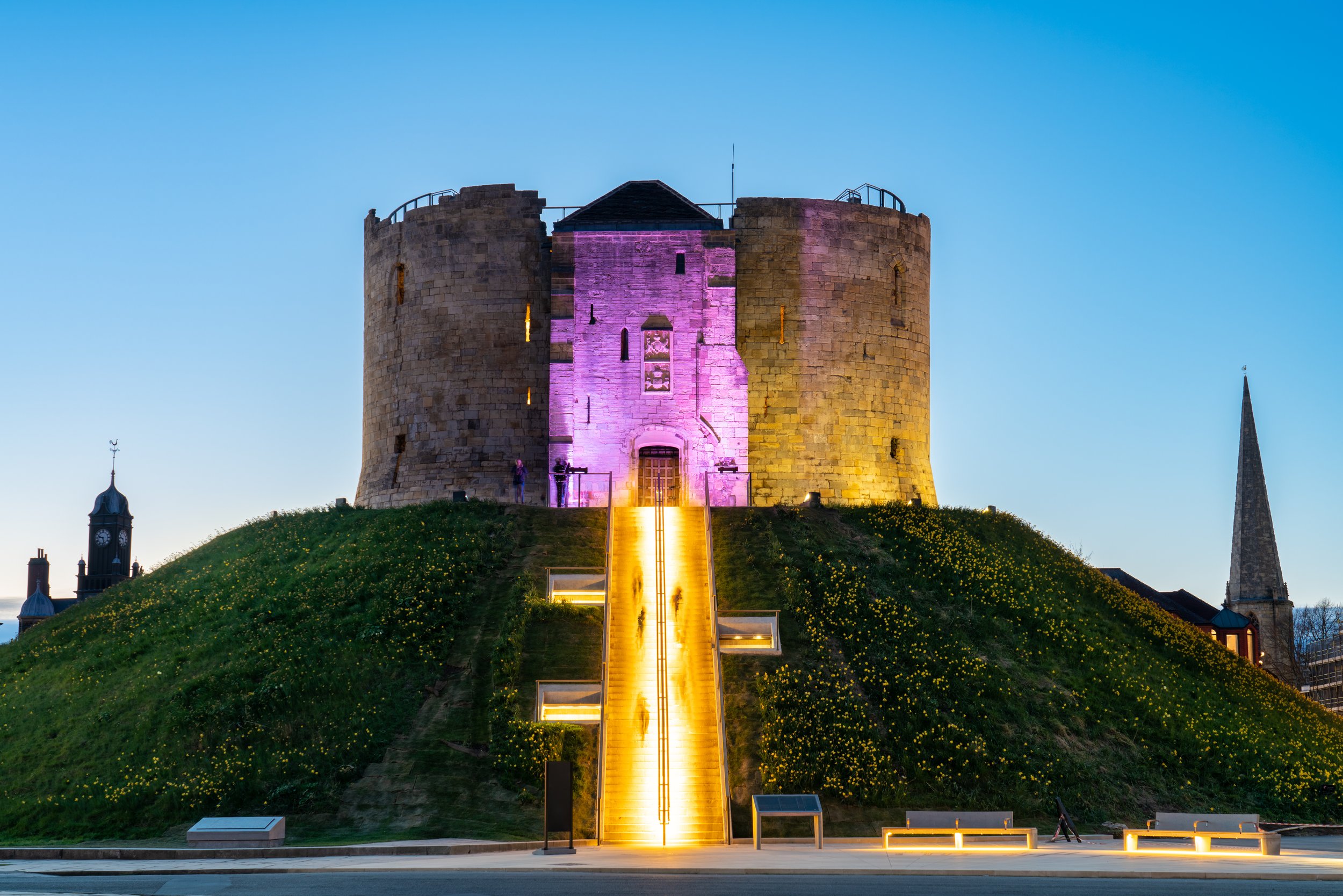English Heritage Decarbonisation Strategy
English Heritage, Clifford Tower, York.
“3ADAPT’s people focused approach and extensive expertise not only delivered high quality outputs but helped build understanding and support within the organisation for decarbonisation. Supportive, responsive, flexible and deeply knowledgeable they were a pleasure to work with
”
3ADAPT were commissioned to assess the carbon footprint of English Heritage and then consider possible pathways to achieve zero carbon. With over 400 wide-ranging sites including Stonehenge that has over 1.5 million visitors annually, to disparate rural landmarks with no formal infrastructure, a bespoke approach was required to accommodate the diversity and complex operations of the organisation.
Overview of the Scope of the English Heritage Decarbonisation Strategy
This involved mapping and engaging with a diverse range of stakeholders across the organisation, to initially develop the first comprehensive quantification across scope 1, 2 and 3 carbon emissions. This addressed complex emissions sources such as visitor travel and construction emissions, using varying quality datasets to develop emissions estimates and reduction opportunities.
Workshops and interviews were held with different departments to explore their contribution to the overall carbon footprint as well as understand actions they were already taking. Future opportunities and challenges to achieving zero carbon emissions were also explored collaboratively.
This intelligence was then used to develop net zero pathways for the organisation out towards 2040 considering the role of both external factors (e.g., national policy, grid decarbonisation, consumer trends) as well as actions which could be driven through English Heritage investment.
Outcomes and recommendations from the project were then embedded into the organisation’s first Climate Action Plan, setting out a 3-year strategy to embed sustainability and decarbonisation into all areas of the organisation and secure meaningful progress towards the 2040 net zero target.
Contact
Want to know more, please get in touch.





